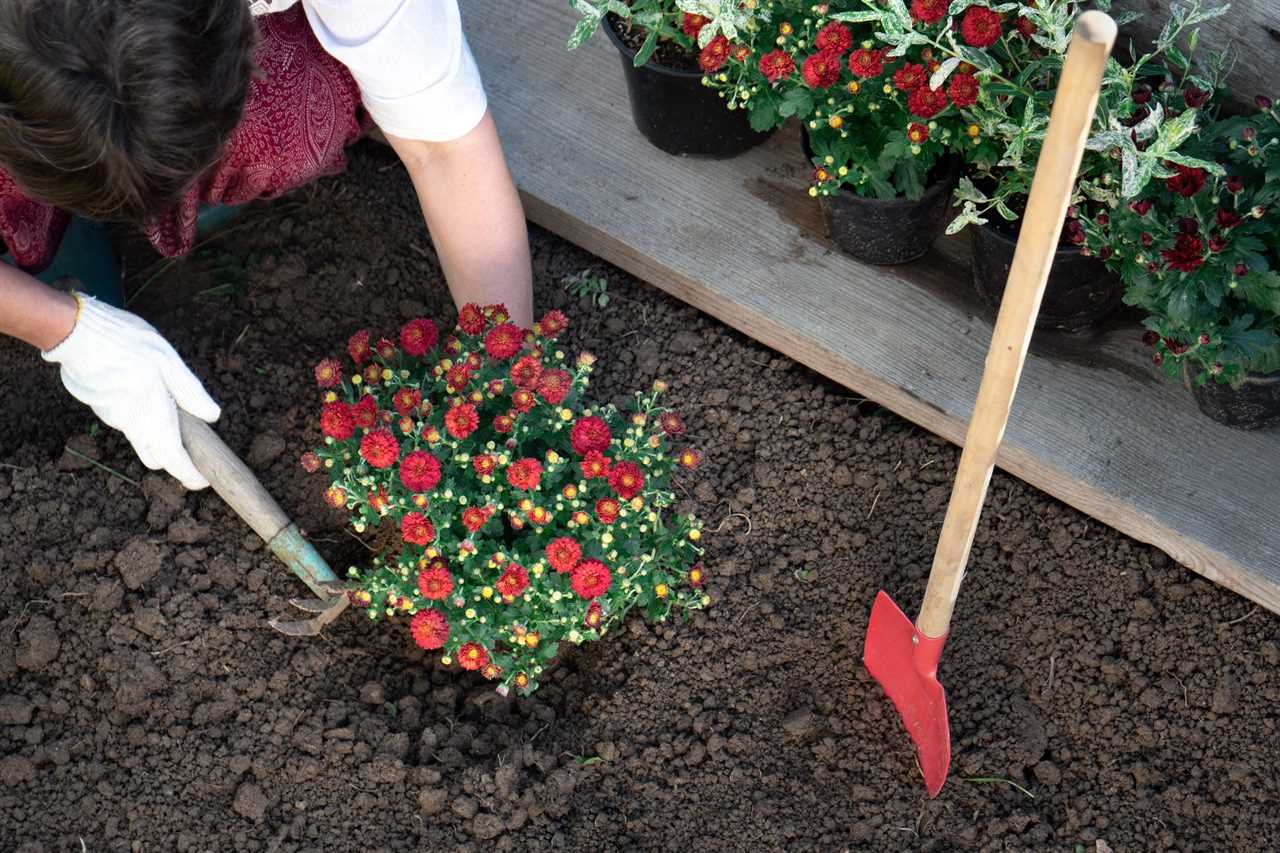Mums are probably the one fall flower that everyone recognizes. Their arrival in the garden center is also a sure sign we’re on the downward slope of the growing season.
Are Mums Perennials?
Yes, most mums are perennial flowers. Those mums that look like well-manicured mounds of foliage and flowers at garden centers are perennial flowers, generally best in USDA Plant Hardiness Zones 5 to 9. These plants are usually referred to as hardy mums or garden mums.
There are other specialty potted mums that show up in grocery stores and florist shops year round. They’re referred to as florist mums, and are usually hardy in Zones 8 to 11.
Types of Mums to Plant
The National Chrysanthemum Society has a classification system for mums based on their flower types. They list 13 types! Many are florist mums that most of us aren’t likely to grow.
Many gardeners grow potted mums purchased from garden centers in late summer and early fall. These mums are great for adding a pop of color to the fall garden and we often treat them as annuals, tossing them at the end of the season.
There are also varieties that are great for growing in the garden where they tend to be bigger and looser than those potted mums. Some varieties include:
- ‘Sheffield Pink’ mums with light apricot-pink flowers with gold centers. They can grow up to two feet tall and spread into large clumps. They’re easy to dig, divide and share. Butterflies love them.
- The Igloo Series of mums, which are hardier. These are a good option if you live in USDA Zones 3 to 9. They come in all the usual mum colors. ‘Pumpkin Igloo’ has orange petals with a yellow center.
- ‘Matchsticks’ hybrid mums have spoon-shaped petals that are yellow with red ends. They offer an unusual look but are well-named.
When to Plant Mums
Plant in the spring
Spring is the best time to plant mums as perennials in your garden. This gives them time to grow strong roots and become well-established before winter.
However, your local garden center may not carry mums in the spring, when they will just be small green plants without bright flowers to attract buyers. To find mums in the spring, you may have to order plants online.
Plant in the fall
If you can only find mums to purchase in the fall, plant them as soon as you buy them. They may not become established enough to overwinter. But if you have a mild winter, they may survive, so it’s worth the time to plant them. You can also treat fall-planted mums as annuals and pull them once the blooms fade.
How to Plant Mums

In the ground
Whether planting in spring or fall, plant mums where they will get at least six hours of sun a day and the soil isn’t too wet. Good drainage is especially key to ensure your mums survive the winter.
In a container
If planting in containers, use a potting soil mix and be sure the container drains well.
From seeds
Most gardeners don’t try to grow mums from seeds, but it is possible. Follow the instructions on the seed packet for best results. The mums should bloom the first year they’re grown from seed.
Caring for Mums
Watering
When first planted, provide the equivalent of an inch of water weekly, from rain or watering deeply several times a week. Once mums are established, they should not require additional watering.
Fertilizing
If you’re unsure how fertile your soil is, add a balanced fertilizer early in the spring when planting or when you see new green growth. Then give your mums another boost by fertilizing them in mid-summer. Mums planted in fall, in the ground or in containers, don’t need additional fertilizer.
Pruning
If left alone, many mums grown as perennials in the garden can reach up to two feet tall and wide, and will develop a much looser form.
To increase blooms, when new foliage is about four to six inches tall, prune the tip of each branch back to the first set of leaves. This forces the plant to produce more branches and more flower buds. You can do this pruning just once. For an even fuller plant, pinch the tips of the stems back again after they’ve grown another four to six inches.
Overwintering
To overwinter mums, don’t cut back all the foliage in the fall. Once the ground is cold, cover the mums with mulch to keep the ground from thawing and re-freezing. This can be as late as November or December depending on where you garden.
When you see the first signs of new growth coming up in the spring, remove the mulch and cut back the old foliage. If you see roots out of the ground, gently push them back into the soil.
How Long Do Mums Last?
Mums planted in a good location in the garden can easily last for several years. They can be dug up and divided in the spring, which often helps to rejuvenate the plants, further extending how long they will last.
Did you miss our previous article...
https://rsssuperfeeds.com/life-hacks/how-to-replace-a-power-cord-plug






